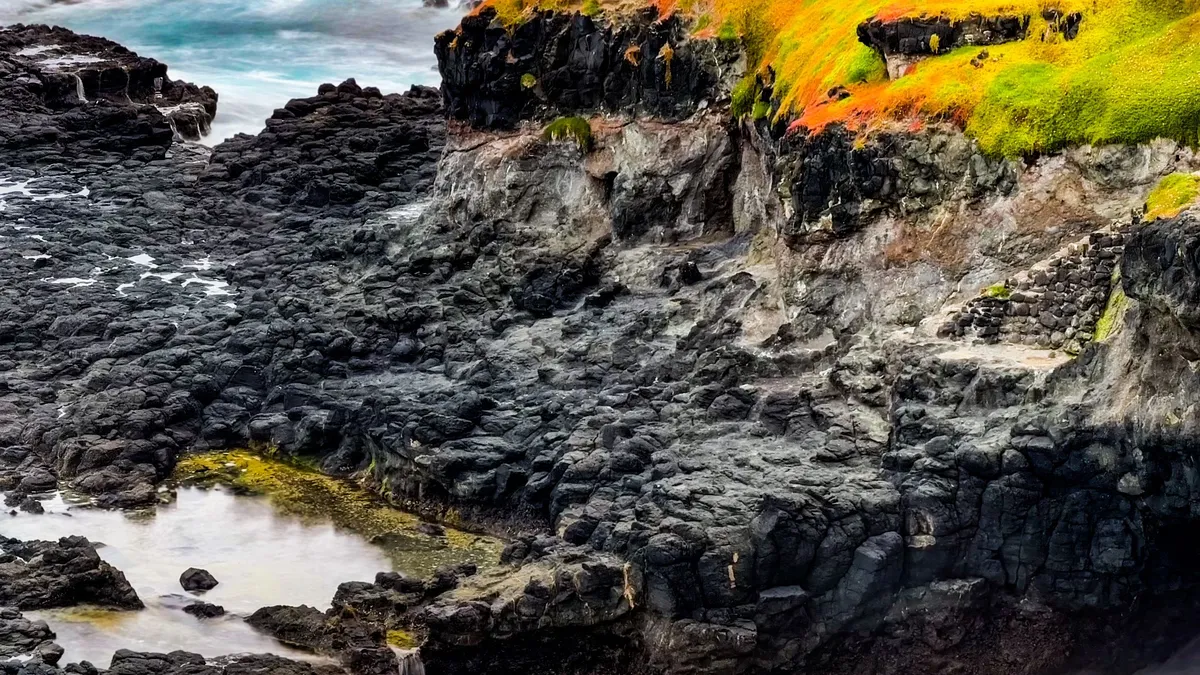
Recent research suggests that the Earth may respond to the significant amounts of carbon dioxide (CO2) emitted by humans in a way that could potentially trigger the next ice age sooner than previously predicted. This groundbreaking study highlights the discovery of a new natural mechanism, referred to as a "thermostat," which effectively buries vast quantities of carbon beneath the ocean floor. This process could eliminate human carbon emissions within a span of 100,000 years, a timeline significantly shorter than earlier estimates that ranged from 500,000 to 1 million years. The study, published on September 25 in the journal Science, reveals critical insights into how these natural processes might interact with human-induced climate change.
Co-author Andy Ridgwell, a geology professor at the University of California, Riverside, explained that with both the newly discovered thermostat and the established silicate weathering feedback working concurrently, the onset of the next ice age could occur as predicted, rather than being postponed due to the current impacts of climate change. However, it's important to note that this new thermostat does not offer immediate relief from the effects of global warming for humanity. Dominik Hülse, a mathematician and biogeochemical modeler from the University of Bremen, Germany, emphasized that the adverse effects of climate change are still imminent over the next few centuries.
Scientists have long theorized that Earth regulates its climate through geological processes, particularly through a mechanism known as silicate weathering feedback. This process involves rainwater capturing CO2 from the atmosphere, which then interacts with silicate rocks—constituting approximately 90% of the planet's crust. As CO2 reacts with these rocks, it dissolves and forms compounds that eventually leach into oceans. There, CO2 transforms into limestone and chalk, effectively locking it away for millions of years.
This feedback acts as a thermostat: increased atmospheric CO2 leads to higher global temperatures and intensified precipitation, which in turn accelerates silicate weathering. Conversely, if CO2 levels drop too low, the weathering process slows down, allowing atmospheric CO2 levels to rise again. However, this natural regulation is slow, taking up to a million years to rebalance CO2 levels, which fails to account for rapid climate events, including glacial and interglacial cycles occurring approximately every 100,000 years.
The new study builds upon previous research by Hülse, who investigated how much organic carbon is preserved in ocean sediments during significant climatic events. His findings indicated a correlation between atmospheric CO2 levels and the burial of organic carbon in the ocean. This research led to the realization that there are additional mechanisms at play beyond silicate weathering that influence Earth's climate.
By integrating their findings into a comprehensive global climate carbon cycle model, Hülse and Ridgwell identified a second thermostat linked to Earth's phosphorus cycle. This cycle begins with the weathering of rocks containing phosphorus-rich minerals, which eventually makes its way into the ocean, where it serves as a crucial nutrient for phytoplankton. As these tiny photosynthetic organisms thrive, they contribute to organic carbon deposition on the ocean floor.
In warmer conditions, increased phosphorus runoff leads to a boom in phytoplankton populations, resulting in greater carbon sequestration in ocean sediments. However, as ocean temperatures rise, the water holds less oxygen, leading to the deoxygenation of waters and the potential release of previously buried phosphorus back into the ecosystem. This cycle facilitates a process where additional CO2 is absorbed from the atmosphere, further cooling global temperatures.
Ridgwell describes the organic carbon thermostat as similar to silicate weathering but with an enhanced capacity to recycle nutrients more efficiently. As atmospheric conditions change, this mechanism may prevent the dramatic climate shifts that have occurred in Earth’s history, such as the snowball Earth events that enveloped the planet in ice.
While the response of the organic carbon thermostat to current climate change remains uncertain, researchers believe that the ocean's oxygen levels are significantly higher compared to previous periods, making a snowball Earth scenario less likely. Instead, if activated, the organic carbon thermostat might mitigate the delays expected for the next ice age, which is projected to occur in about 11,000 years. Previous research indicates that climate change could postpone this glacial period by tens of thousands of years. However, if the organic carbon thermostat operates effectively, atmospheric CO2 could return to baseline levels more swiftly, potentially ensuring the timely arrival of the next ice age.
Ultimately, understanding these mechanisms offers new perspectives on how Earth's climate operates and the significant impact of human activity on these natural systems. As Ridgwell concludes, while the timing of the next ice age remains uncertain, the interplay between these natural thermostats could play a crucial role in shaping Earth's climatic future.